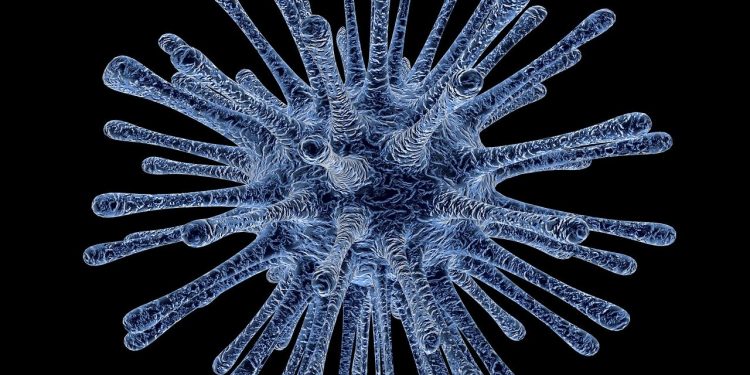Rise in spread of coronavirus in Aarhus and Ringsted

A couple of large clusters are responsible for some of the recent increases seen in spread of coronavirus notably in Aarhus and in Ringsted.
The article continues below.
By Bente D. Knudsen
As the summer holiday period comes to an end, with the result that next week more people will again be using public transport for work and school, two areas of Denmark are of concern for the Danish health authorities.
One is the outbreak of coronavirus in Ringsted at a large slaughterhouse owned by Danish Crown where to date a total of 79 workers have become infected with COVID-19, many of them are Polish workers.
As these workers live together in confined quarters in areas where it is difficult to self-isolate and to main the required social distance, the municipality of Ringsted has requested help from its neighbouring municipalities in order to find adequate accommodation for those infected so that they can self-isolate.
At the same time the Danish health authorities have started tracking connections and a mobile test centre has been sent to the municipality in order to facilitate more testing capacity as many locals also want to be tested. The Danish health authorities are confident that spread can be limited and that it will be possible to find contact persons in order to contain the outbreak.
The other area which is causing more concern is the outbreak in Aarhus where the city now passes into what would be a red zone with more than 20 new infections per 100,000 residents in a week. Residents in Aarhus are encouraged to limit spread by maintaining a high hand hygiene and remembering the social distancing recommendations as well as the use of face masks when distancing cannot be maintained notably in public transport and crowded areas.
The outbreak has amongst other taken place within the Somali community, 61 out of 78 newly contaminated citizens are from Somali the Mayor of Aarhus said to Danish media.
The article continues below.
In a press release, the Mayor of Aarhus said that the rise in spread in the city was of concern and that several new measures in order to reduce spread would be implemented, amongst other more information to the Somali community about hand hygiene and social distancing in the appropriate languages.
He explained that he had met with several Somali community leaders in order to discuss what could be done to ensure that spread within their community would come under control. Amongst other measures, such as information about hand hygiene and social distancing, a call for reducing social gatherings and the number of people present at social gatherings would be made, the leaders said.
Spread amongst non-Danish residents is higher, a figure which cannot yet be explained, Tyhra Grove Krause from Statens Serum Institut’s department of infectious diseases, said to Danish newspaper Jyllands Posten.
In week 30, non-Danish residents accounted for 59 percent of those infected, a figure which had risen to 63 percent last week.
The overrepresentation we see in the figures cannot be explained only by the two outbreaks amongst foreign residents of Polish nationality in Ringsted and of Somali nationality in Aarhus (Editor’s note:as mentioned above). The foreign residents are of many different nationalities such as Iraq, Morocco, the Balkans, Turkey and Somalia, so they are not just from two countries, she said.
In week 31, a total of 494 new infections with COVID-19 were found against “only” 247 in week 30.
The article continues below.
Although the two clusters in Ringsted and Aarhus dominate the figures, spread has found its way to more municipalities as 68 out of the 98 municpalities in Denmark have had new cases of COVID-19 in the past week, Statens Serum Institut announced in their 5th August update.
It is of course worrisome with such a large increase from one week to the next and this increase cannot only be explained by the two outbreaks in Aarhus and Ringsted that we have knowledge of.
We are unfortunately at present at the same level of new infections as at the beginning of May 2020, a development which must not continue.
It is however positive that we now have such a large-scale test capacity, this will enable us to quickly limit spread of larger outbreaks,
Tyra Grove Krause from Statens Serum Institut said in the release.
In week 31, a total of 134,00 COVID-19 tests where made, the largest number since the outbreak of coronavirus in March 2020 and 22 percent more than the week before.

